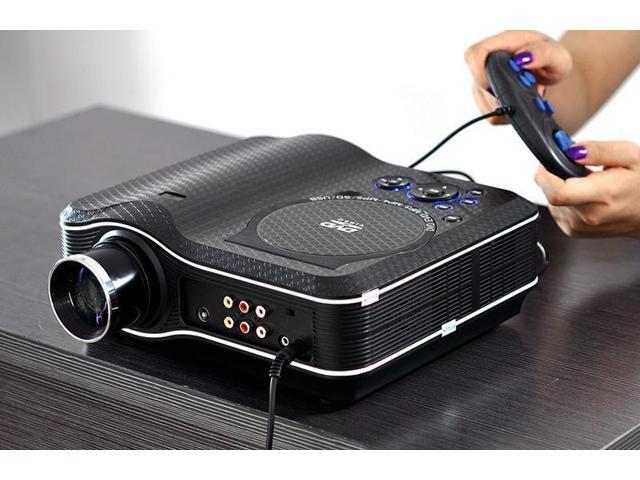4 Pitfalls to avoid When Upgrading to LEDs

Introduced lights are the most useful electrical appliances that ensure plenty of energy and cost savings. Research reveals that Introduced lights consume nearly 90% less energy in comparison to traditional incandescent bulbs or halogens. It is also claimed that even an entry-level Introduced light benefits you by growing their cost savings by almost 50%. Similarly, there’s numerous another reasons that encourages individuals to replace their old lighting systems with Introduced lighting solutions. Many of them include:

LEDs present an extended information on fifty,000 hrs
They provide better illumination
They have low maintenance costs and deliver savings after a while
They are durable and atmosphere-friendly
They produce low or no Ultra crimson emissions
Many high-quality LEDs may also be able to managing their internal heat emissions efficiently. For instance, products like Introduced floodlight have a very dedicated active thermal management system that safeguards the device from over-heating problems.
While using top Introduced manufacturers in India, replacing old lighting systems with Introduced lighting solutions as well as other compatible Introduced accessories is obviously an very smart choice. However, users are suggested to avoid certain mistakes when upgrading to LEDs.

The following are a few common pitfalls that users should avoid when switching to Introduced lights:
Uneven light distribution
According to Introduced manufacturers, Introduced lights are directional anyway due to the arrangement of diodes. Thus, users are needed to obtain attracted by certain specifications like the beam position and kind regarding distribution inside the device. For instance, if someone replaces a b – – –created incandescent bulb inside the table lamp with an ordinary Introduced bulb, he/she may lose some quantity of downward light. Thus, make certain the A-created incandescent bulb is substituted obtaining a b –created Introduced bulb only.
Inappropriate illumination
Users are suggested to evaluate and compare the lumens within the presently installed lighting system when upgrading to Introduced lighting solutions. While using leading commercial lighting manufacturers, a test of lumen output supplies a better understanding regarding the appropriateness inside the illumination levels. However, this practice could remain ineffective in situation of Intense Discharge (HIDs) lamps. Since HIDs are omnidirectional and LEDs are directional anyway, wattage equivalent rating functions just like a better comparative measure than lumen rating.
Using incompatible dimmers
Dimmers are innovative devices (typically switches) which are broadly-accustomed to control the intensity and brightness of Introduced lights. However, only a few the dimmers resemble plus a number of may not use Introduced lights. For instance, installing Introduced light across the circuit integrated by permitting an incandescent dimmer can result in flickering or buzzing inside the bulb. Thus, when you are planning to put together dimmable Introduced lights, you may use a compatible Introduced dimmer switch only.
Varied color temperature
Color temperature inside the light is a vital parameter that requires significant attention whenever a user upgrades to Introduced lighting. According to lighting experts, color appearance inside the released light (measured in kelvins) is often put on most of the fluorescent lights. Thus, when you are planning to maintain your appearance identical, you need to buy LEDs in the color temperatures.



